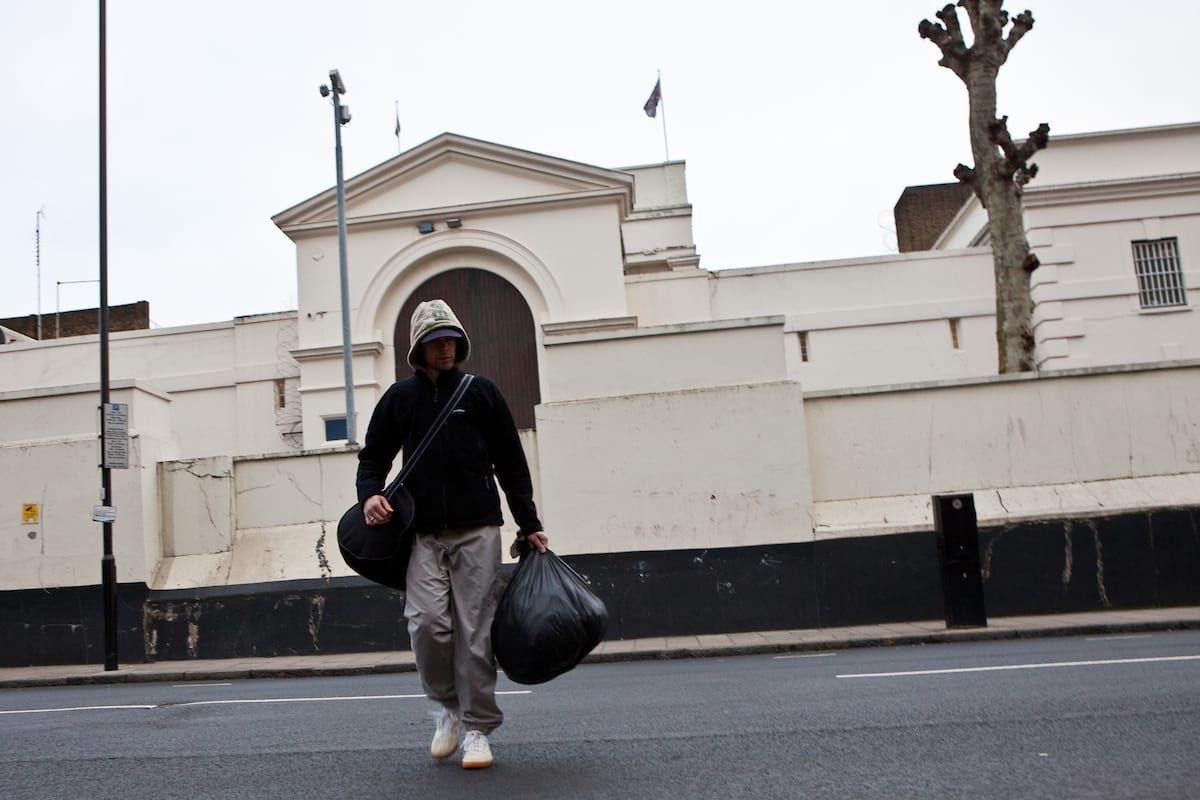Housing First - Seeking Shelter to Reduce Recidivism
"Returning Home Ohio" program highly successful in reducing recidivism

Housing is one of our best tools for ending mass incarceration. It does more than put a roof over people’s heads; housing gives people the space and stability necessary to receive care, escape crises, and improve their quality of life. For this reason, giving people housing can help interrupt a major pathway to prison created by the criminalization of mental illness, substance use disorder, and homelessness.
Research indicates that restrictions on housing for formerly incarcerated people can lead to a dangerous cycle of reincarceration. And yet, these people are often barred from either moving back in with their family members or obtaining their own housing on release due to their arrest and conviction histories. This leads many to live on the street or in shelters and become caught in the system again. Some people with conviction histories can wait up to seven years after the dates of their convictions, and sometimes longer, before they become eligible for public housing.
Even a waiting period can have a devastating effect on a person’s reentry process. It can also increase their chances of recidivating, leading to a cycle of reincarceration. Nearly 70 percent of formerly incarcerated people nationally are re-arrested within three years of their release. Even more striking, nearly 60 percent of formerly incarcerated people who live on the street because of barriers to housing are rearrested within the very first year after being released.
For many years, housing policy was dominated by moralistic views of homelessness, which held that people just needed to take matters into their own hands and "pull themselves up by their bootstraps." Drug use and mental illness were deemed character flaws and personal weaknesses, incompatible with housing or employment, and total sobriety and participation in treatment were required to receive what few services were available. Thankfully, decades of advocacy have begun to supplant these ideas with more effective supportive housing models.
One such example is found in Ohio with the Returning Home Ohio re-entry program. Since 2006, the Ohio Department of Rehabilitation and Correction has partnered with the Corporation for Supportive Housing to offer this program to people with a disability who were experiencing homelessness at the time of their arrest or are at risk of homelessness upon release. Boasting a single digit recidivism rate for program participants, it’s an effective and inspiring model that is drawing national attention for securing housing for people who often struggle to succeed after their release.
State leaders are starting to recognize the value of focusing on reentry housing. In addition to Ohio’s program, Utah’s statewide Plan to Address Homelessness, for example, includes a strong focus on securing housing for the reentry population. And North Carolina recently released its Reentry 2030 strategic plan, which sets out a goal of reducing the number of formerly incarcerated people experiencing homelessness by 10 percent each year.
If you'd like more information on the Zero Returns to Homelessness reentry programs across the country, or are interested in a partnership with your organization, you can visit the initiative's page with the Justice Center - The Council for State Governments.










